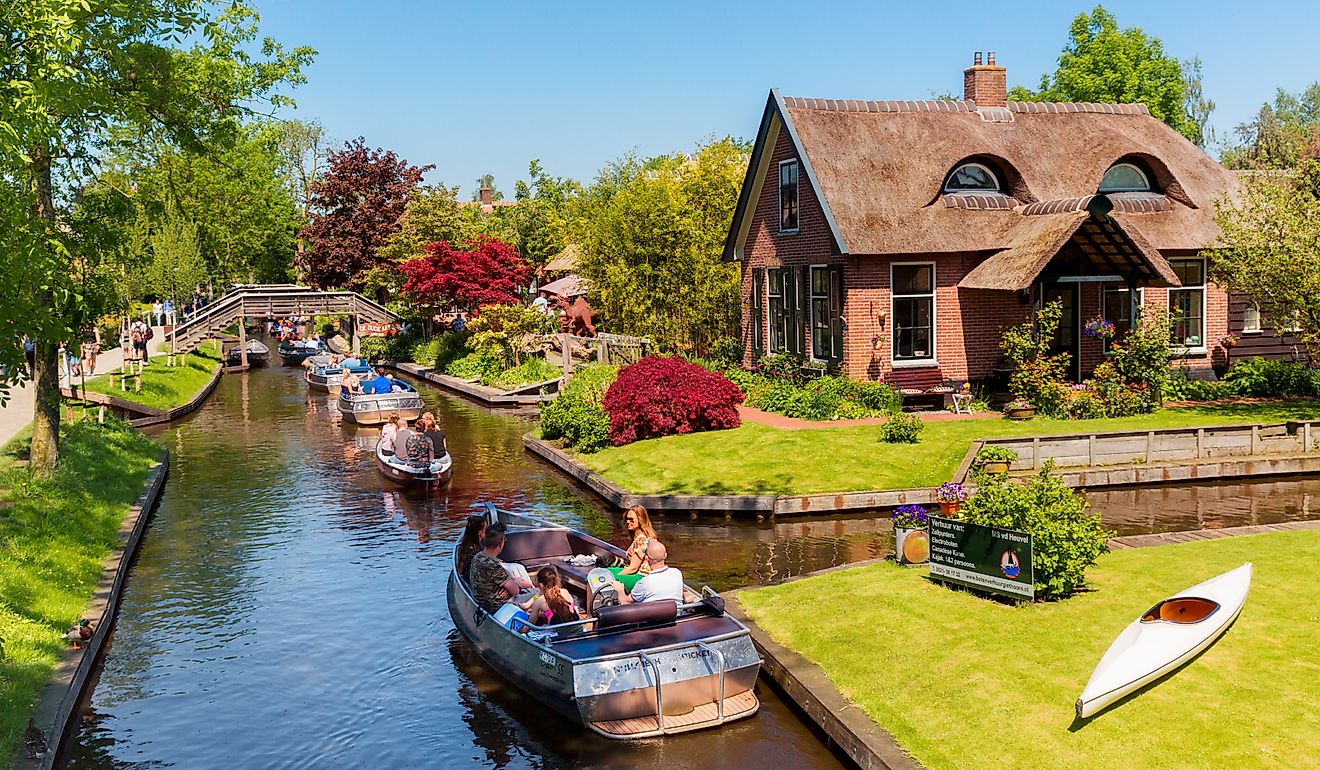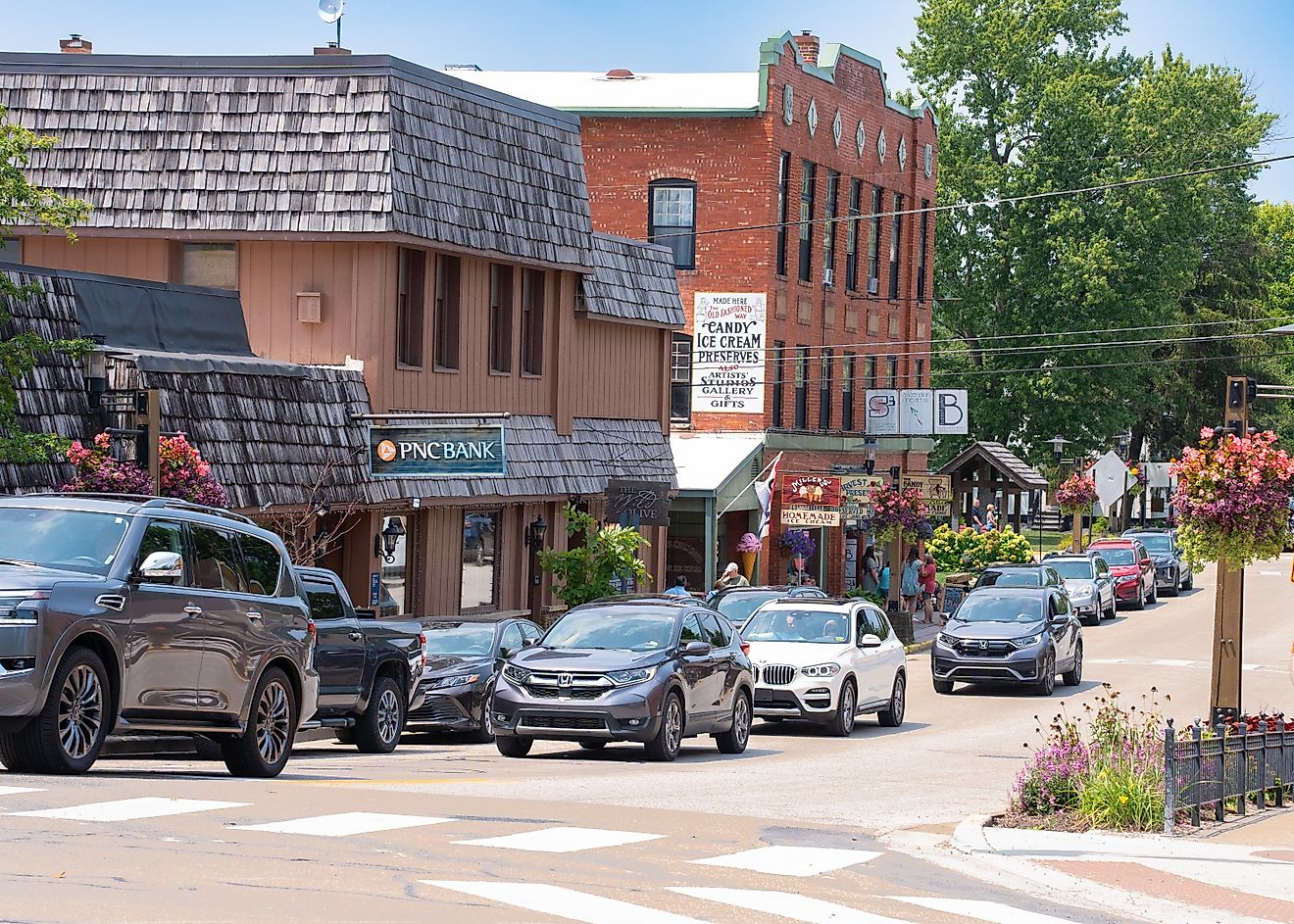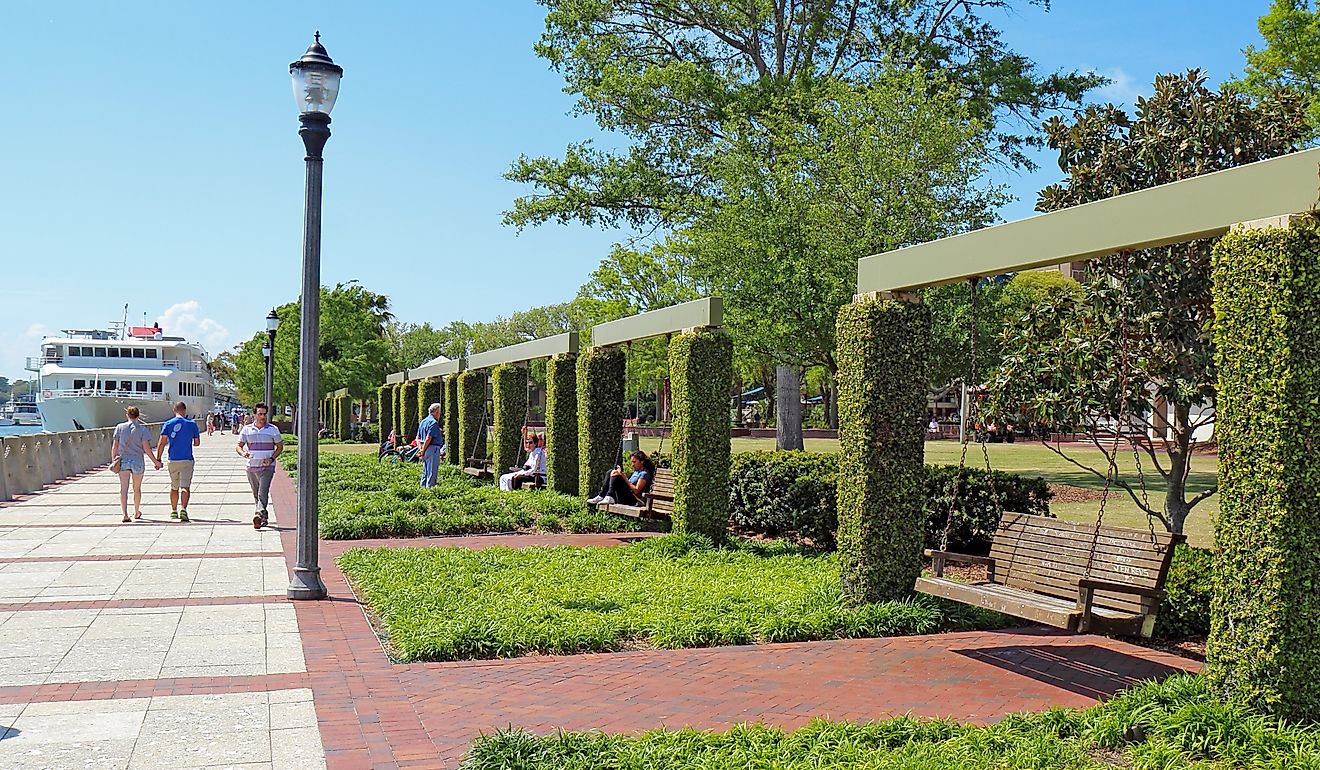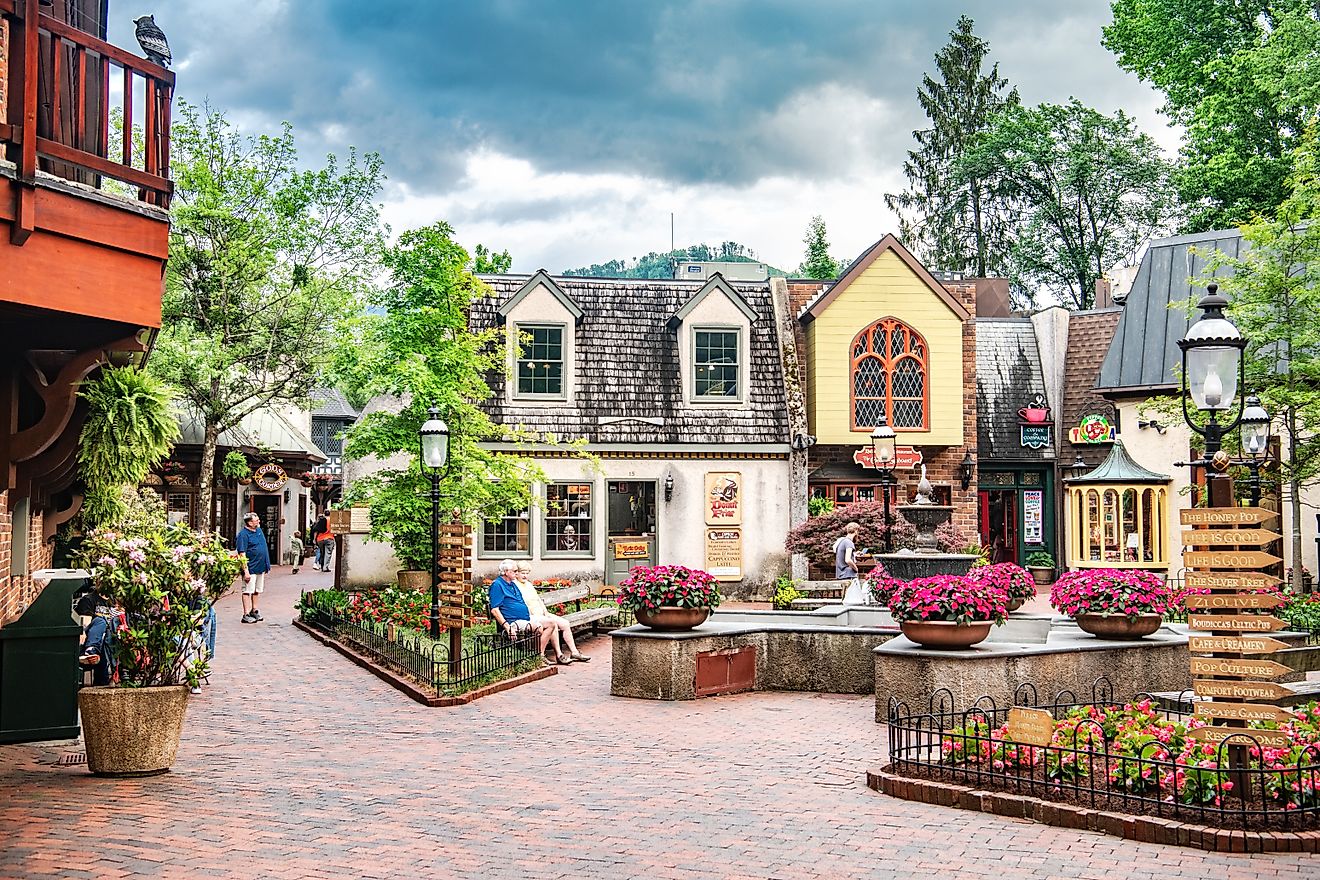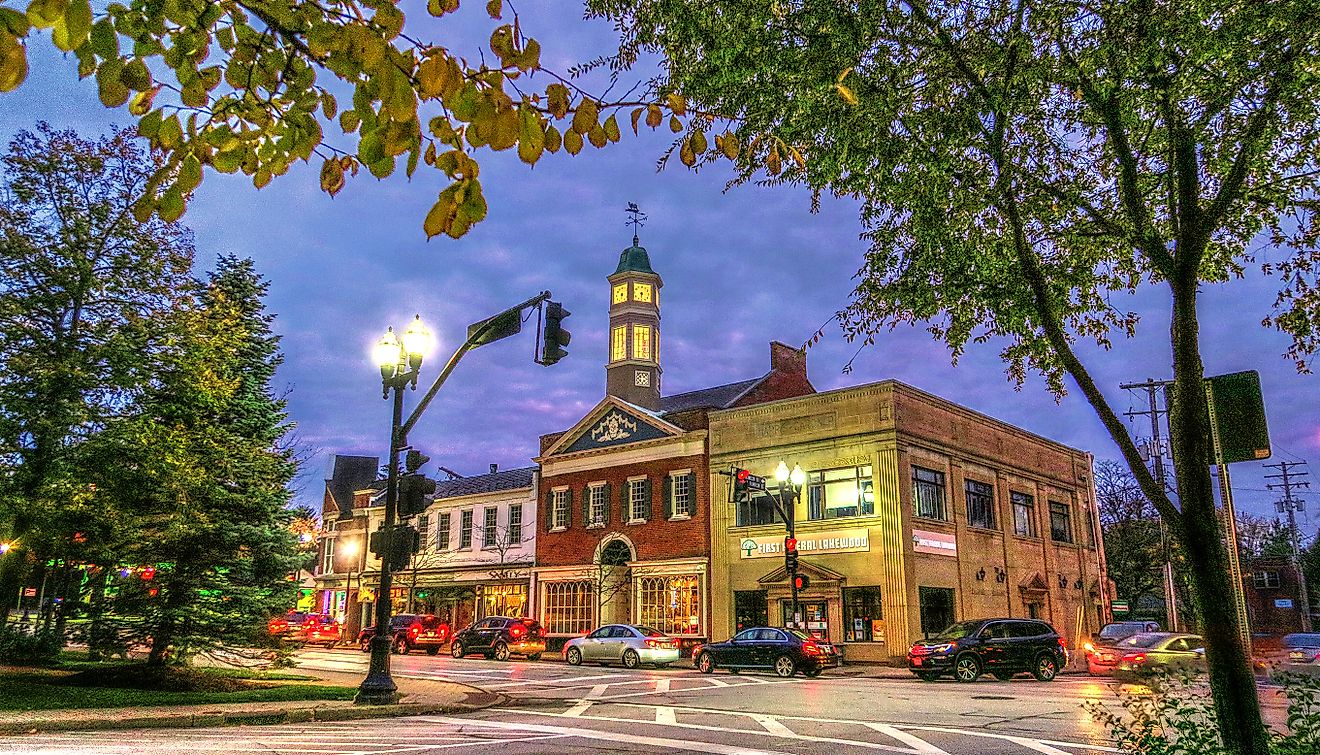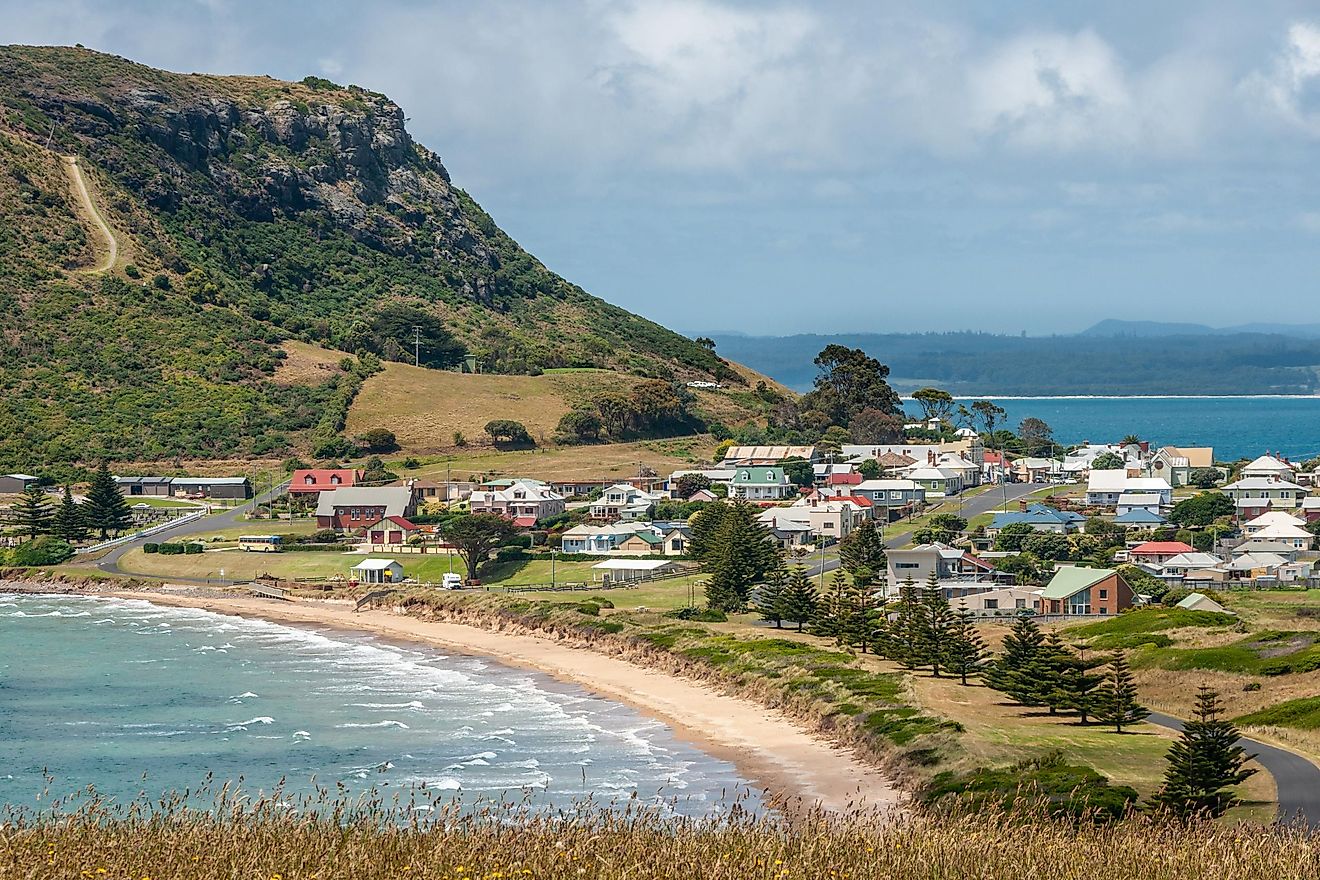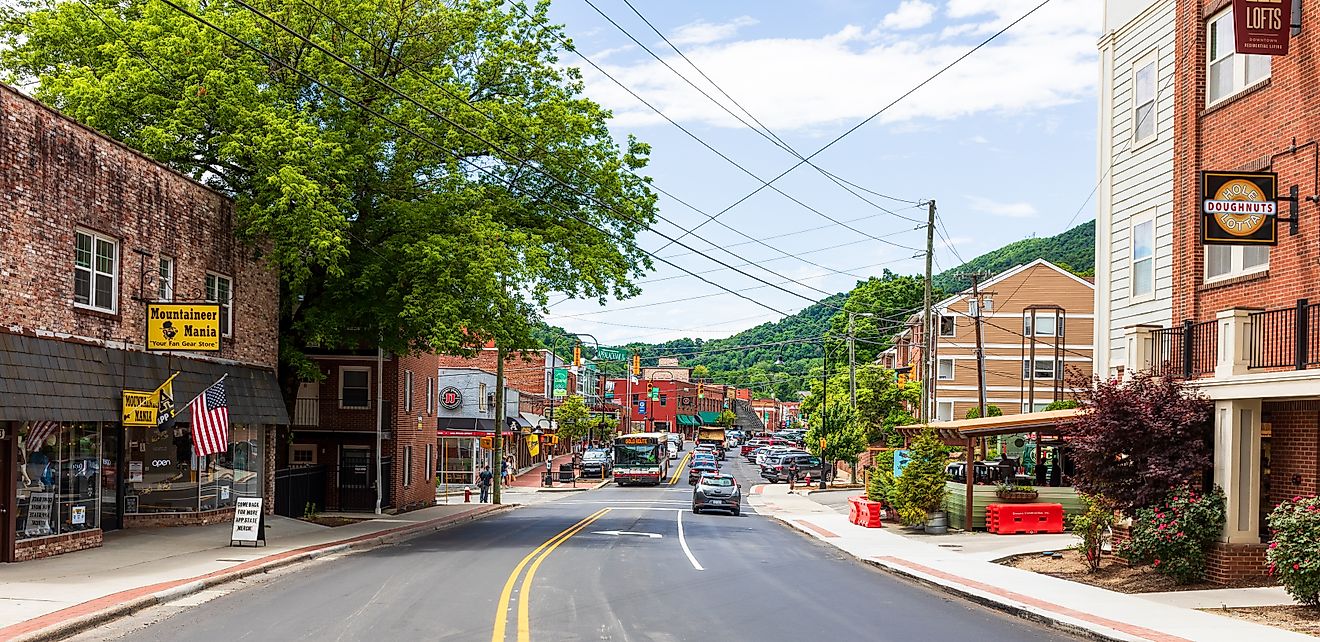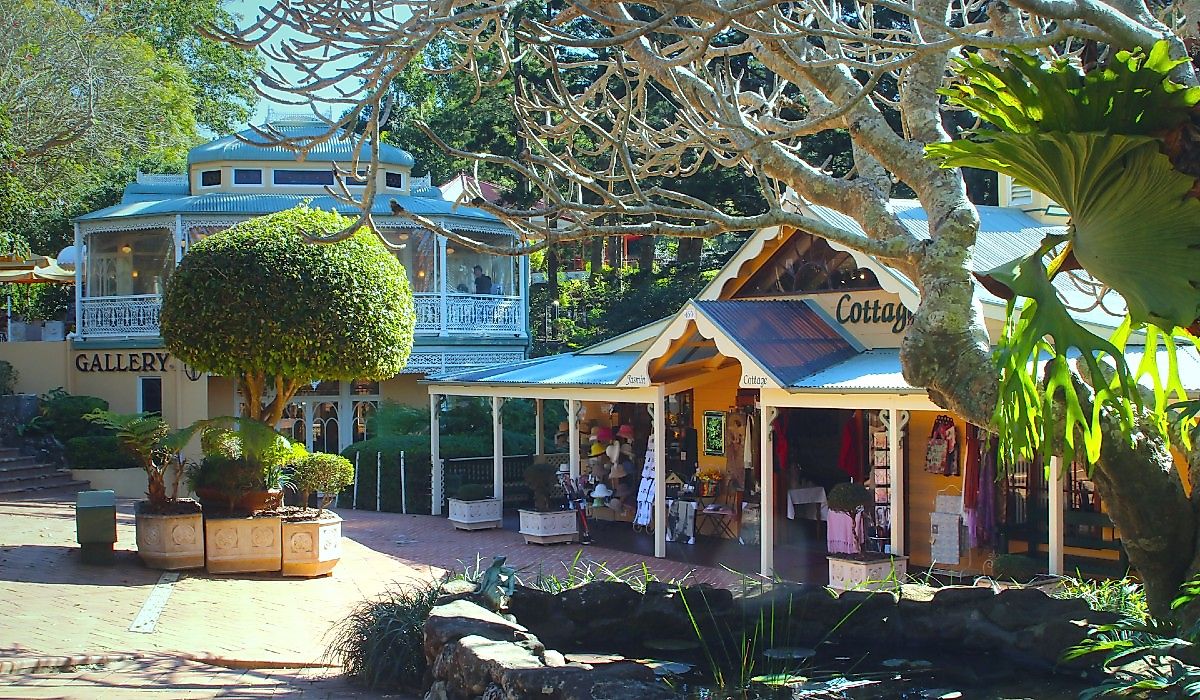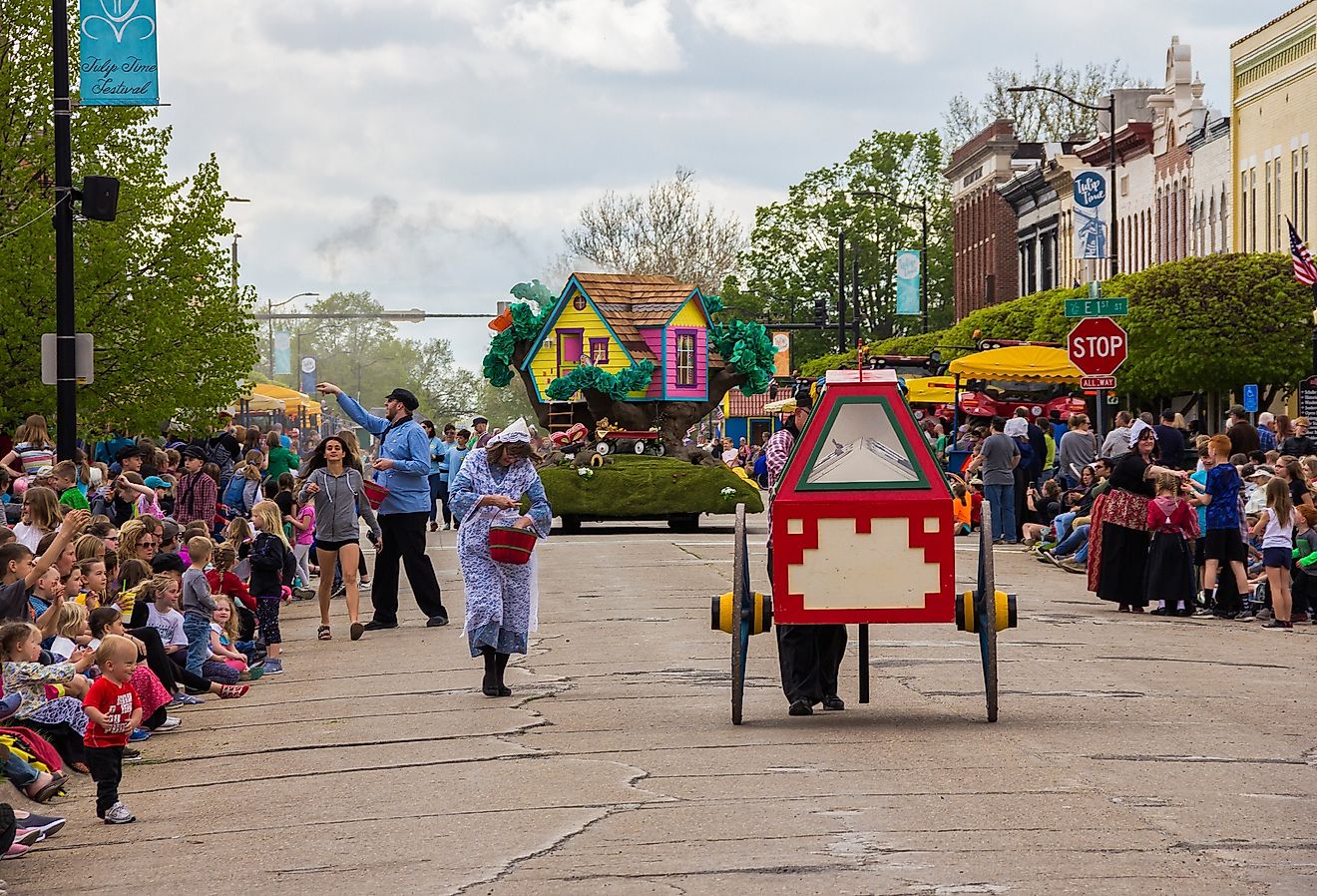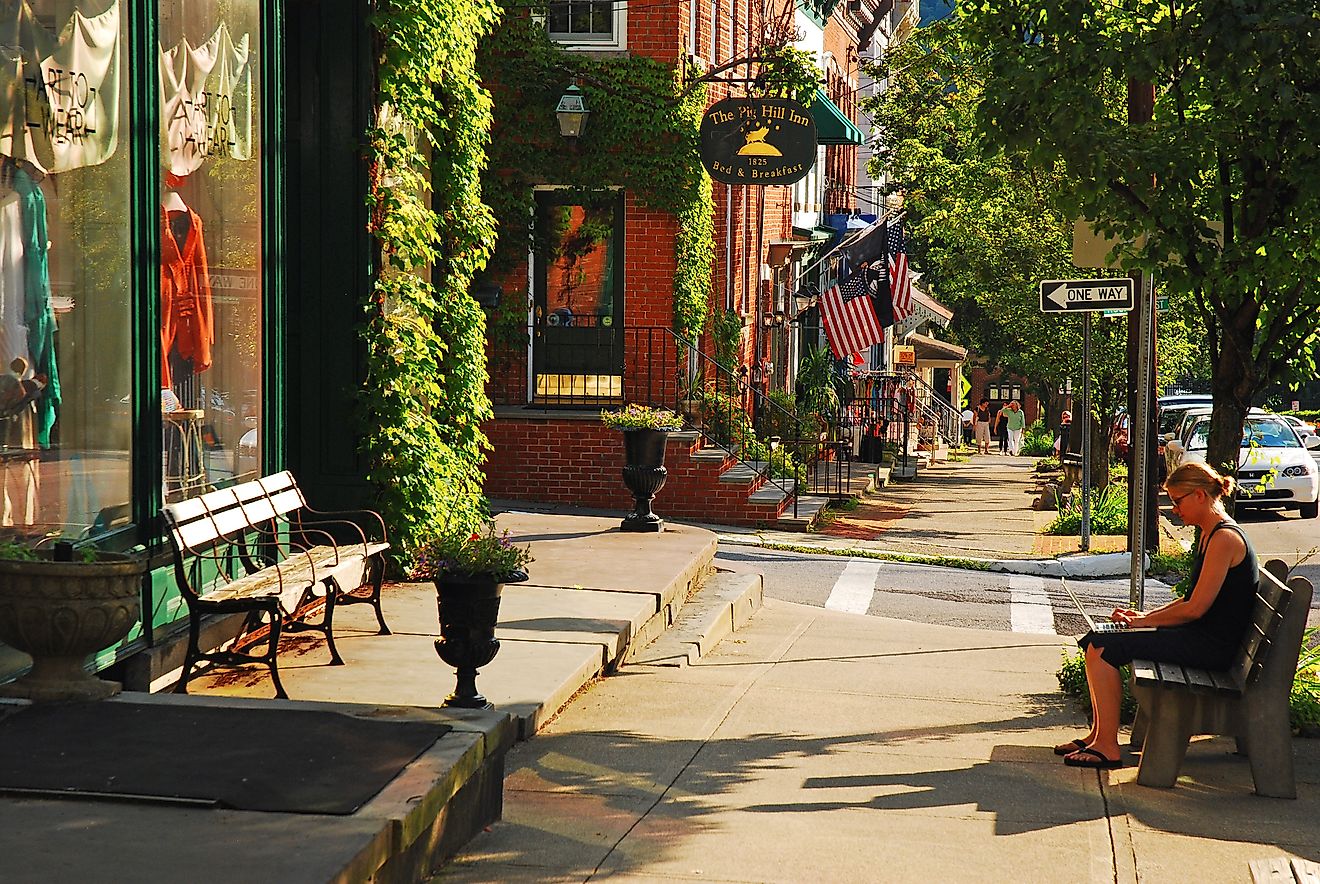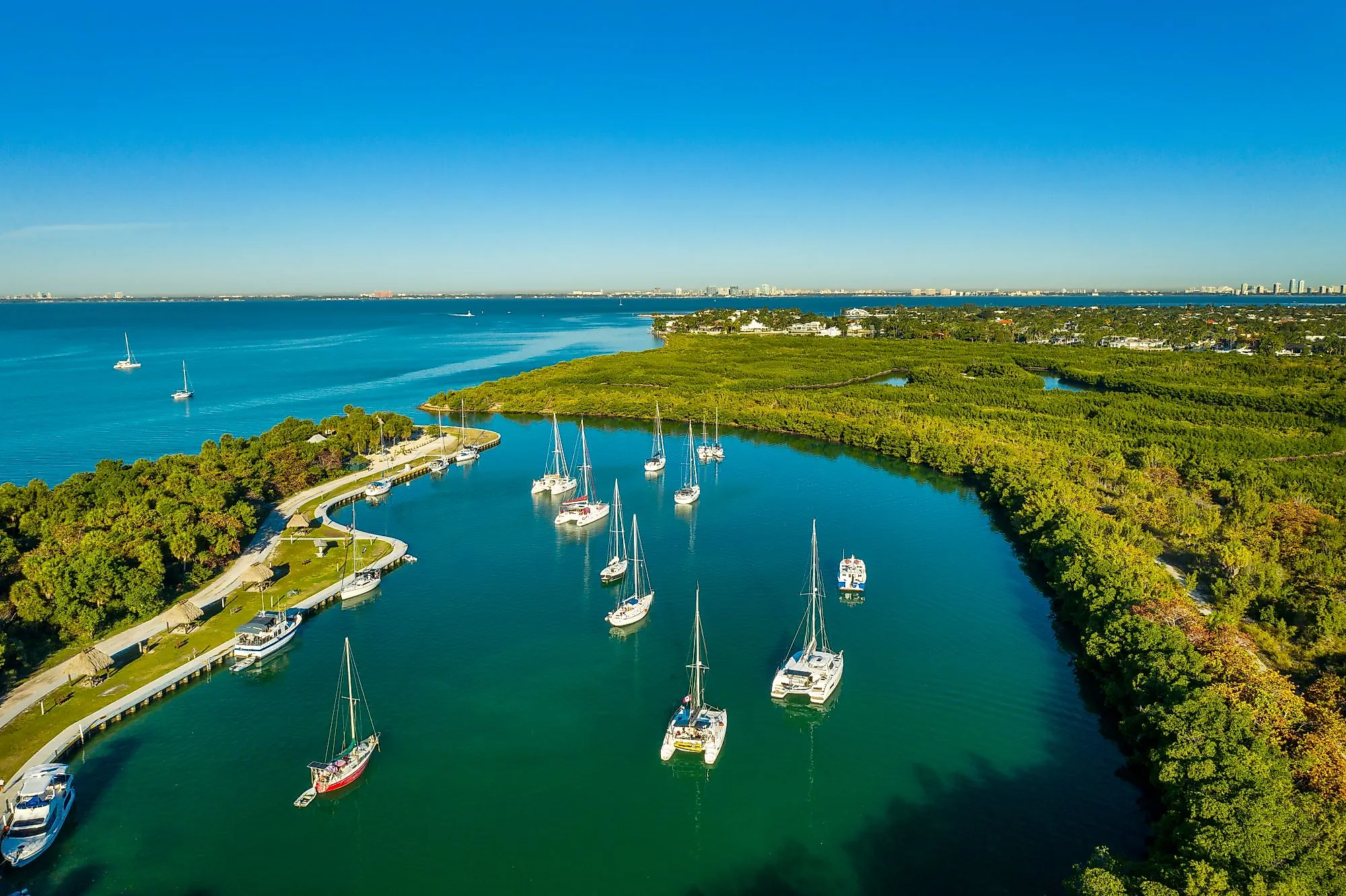
Key Biscayne, Florida
The island of Key Biscayne is well renowned for its pristine beaches, extensive nature preserves, dining options, and breathtaking ocean views. Key Biscayne is home to the first federally authorized underwater archaeological trail in the United States, as well as a nearby coastal barrier reef. The town was founded several centuries ago, and numerous political systems and dynasties have controlled it. The island town houses several monuments and historical artifacts that have been preserved from past battles or serve as markers for various shipwrecks.
Geography And Climate Of Key Biscayne
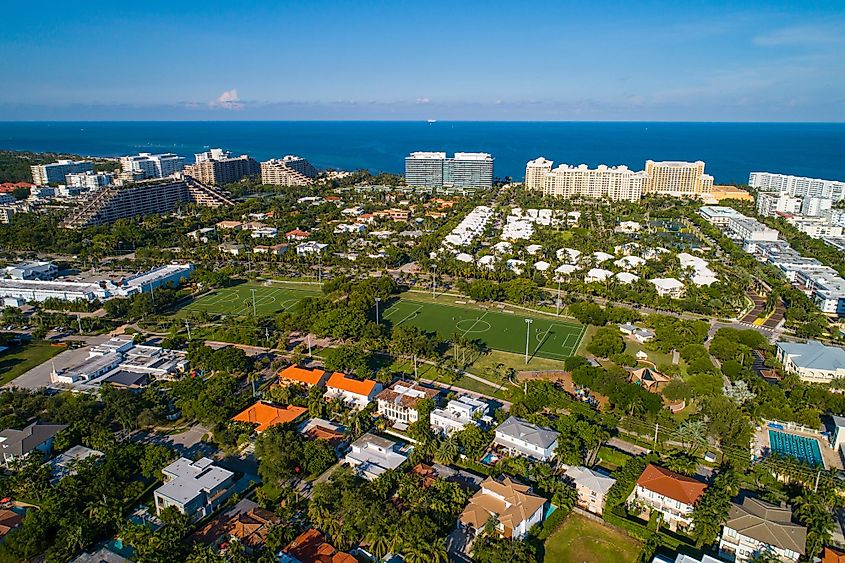
Key Biscayne is an island community situated in Miami-Dade County in the US State of Florida. In addition to having excellent beaches, it also has the appeal of being tucked between two significant parks: Crandon Park to the north and Bill Baggs Cape Florida State Park to the south. Downtown Miami is quite close to Key Biscayne and is connected with the island town by the Rickenbacker Causeway. Key Biscayne covers a total area of 4.42 sq. km, of which 3.23 sq. km is occupied by land, and 1.19 sq. km is covered by water.
The climate in Key Biscayne is tropical savanna. Here, the winters are pleasant, humid, windy, and mainly clear, while the summers are warm, unpleasant, damp, and mostly cloudy. The average annual temperature fluctuates between 63°F and 89°F, rarely falling below 51°F or rising above 91°F. August is the year's hottest month having an average daily high temperature exceeding 86°F. With an average daily maximum temperature below 78°F, January is the year's coldest month. On average, the city receives 53 inches of rain and 0 inches of snow each year.
Brief History Of Key Biscayne
The Tequesta Indians of the Calusa Nation lived on Key Biscayne, the southernmost barrier island in Florida, where they were successful hunters and fishers. In 1513, Juan Ponce de Leon discovered fresh water on an island he named Santa Marta and claimed for the King of Spain. Pedro Fornells, a Minorcan, received the island as a gift from the King of Spain. It wasn't until 1839 that Key Biscayne got its first settlement. Initially, growth was sluggish because of the abundance of pirates. A coconut plantation was eventually constructed, which drew more inhabitants to the neighborhood. Key Biscayne was still primarily undeveloped following World War II. Although land speculation and tourism contributed to the city's expansion, it remained an island cut off from Miami on the mainland. The Rickenbacker Causeway's completion from Miami to Biscayne in 1947 was ultimately what brought about significant residential development. As retail malls and schools were constructed and the land was donated mainly to the public, everything started to change. At the beginning of the 1990s, the Village of Key Biscayne was formally formed. Key Biscayne has gradually developed into a viable community and vacation destination since 1991.
The Population And Economy Of Key Biscayne
As per the latest US Census, Key Biscayne has a population of 14,809 residents. Its population is currently rising at a pace of 1.63% annually. White (Hispanic) (53.4%), White (Non-Hispanic) (25.1%), Two+ (Hispanic) (18.5%), Other (Hispanic) (1.75%), and Two+ (Non-Hispanic) (0.653%) make up Key Biscayne's top five ethnic groups. Key Biscayne has a 6.10% poverty rate and a $226,086 average household income. The median monthly rent in previous years has been $2,584. In Key Biscayne, the median age is 42.4 years, with 41.3 years for men and 43.8 years for women.
Attractions In Key Biscayne
The Cape Florida Lighthouse
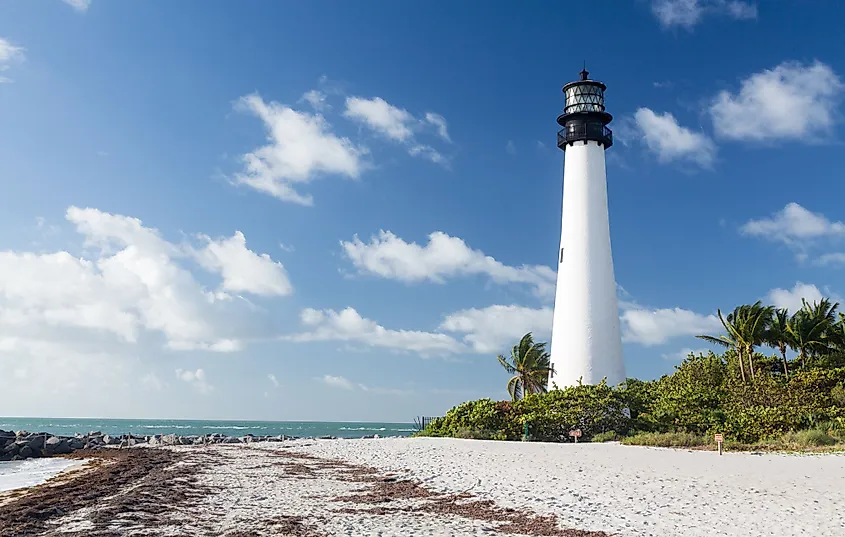
At the end of Bill Baggs, the Cape Florida Lighthouse is a majestic sight. It was initially constructed in 1825 as a 65 ft lighthouse with wooden stairs, making it the oldest still-standing building in Miami-Dade County, despite numerous reconstructions and reinforcements. The lighthouse has endured multiple hardships throughout its existence, including being burned down by Seminole Native Americans, restored, destroyed by hurricanes, and again rebuilt. Climb the 109 steps to the summit for an unrivaled view over the ocean and Miami to make the most of it.
Bill Baggs Cape Florida State Park
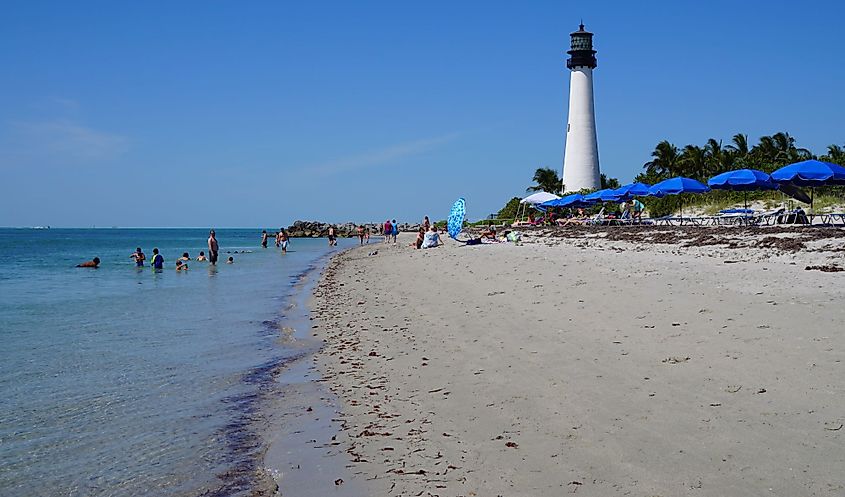
One of the parks surrounding this tiny hamlet is Bill Baggs Cape Florida State Park, situated on Key Biscayne's southernmost point. The historic lighthouse mentioned above is found in this park. In addition to this, there is also a public beach where visitors can enjoy the sunshine.
Crandon Park
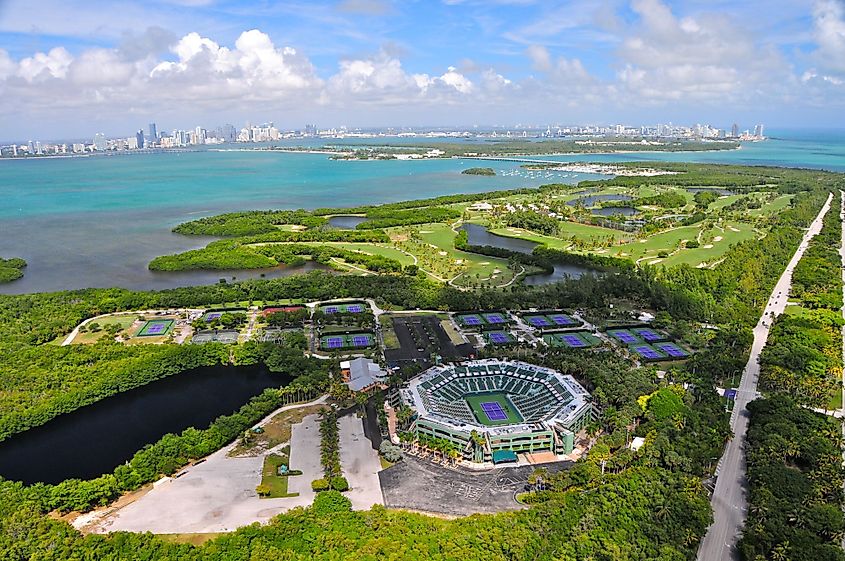
At the northern tip of Key Biscayne, next to Bill Baggs Cape Florida State Park, Crandon Park draws more visitors than its southern neighbor. Beach volleyball courts, a wildlife center, and covered gazebos make up Crandon Park, which has a two-mile stretch of picturesque beach and is the ideal area to get some shade and grab a snack.
Miami Seaquarium
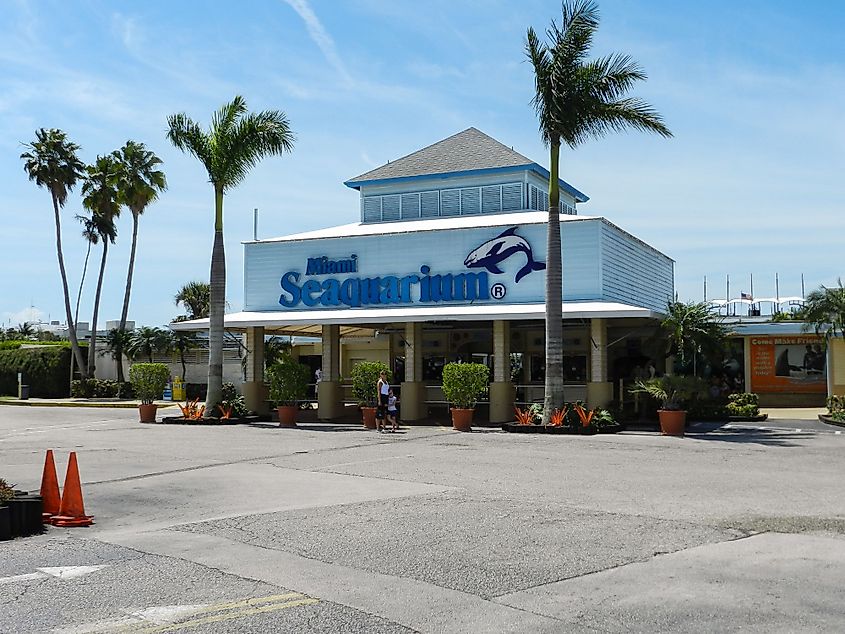
Visit Miami Seaquarium to experience South Florida's best and most popular tourist attraction. Visitors of all ages will be awed by the marine mammal displays at this aquarium, which feature dolphins and sea lions. Additionally, you can see their exhibits of manatees, sea turtles, penguins, rays, and other animals. The Dolphin Harbor experience, where you may swim with the adorable, amiable dolphins, is the venue's centerpiece.
Rusty Pelican Restaurant
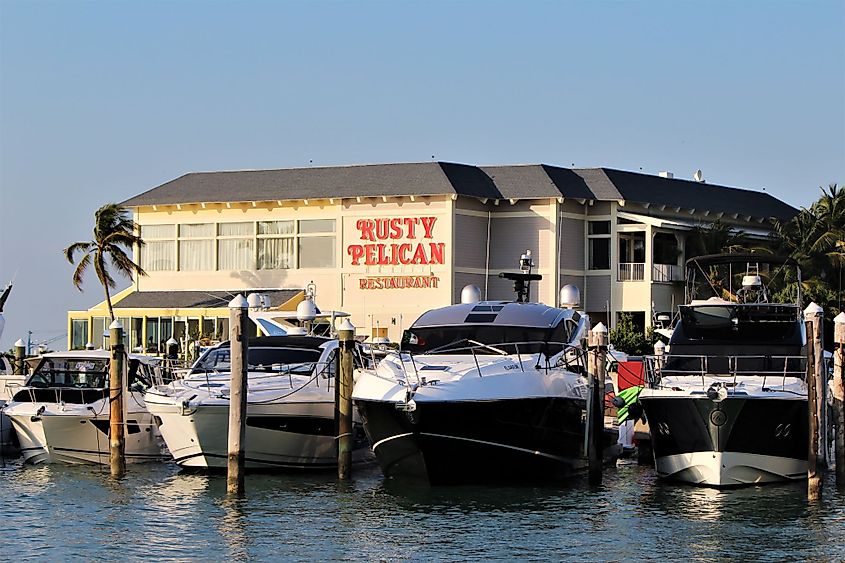
Perhaps the most famous restaurant on Key Biscayne is The Rusty Pelican. Weekend brunch-goers, who enjoy sipping champagne, indulging in delicious local seafood, and admiring the picturesque bay, are particularly fond of it. Since its opening in 1978, the restaurant has drawn customers from all spheres of society. Despite being one of Key Biscayne's most expensive restaurants, it constantly offers customers a distinctive and unmatched eating experience. Their cuisine combines various international influences, especially those from the Caribbean and Latin and South Americas, and spans from traditional to modern.
Choose your own experience in Key Biscayne, a haven for nature lovers. Before you go on your trip, this city will make you feel as if you are on a different planet from the commotion of populated areas like Miami, leaving you feeling renewed and revitalized. Make sure to reserve your trip as soon as possible to Key Biscayne, a paradise that is a must-see during any trip to Florida.
